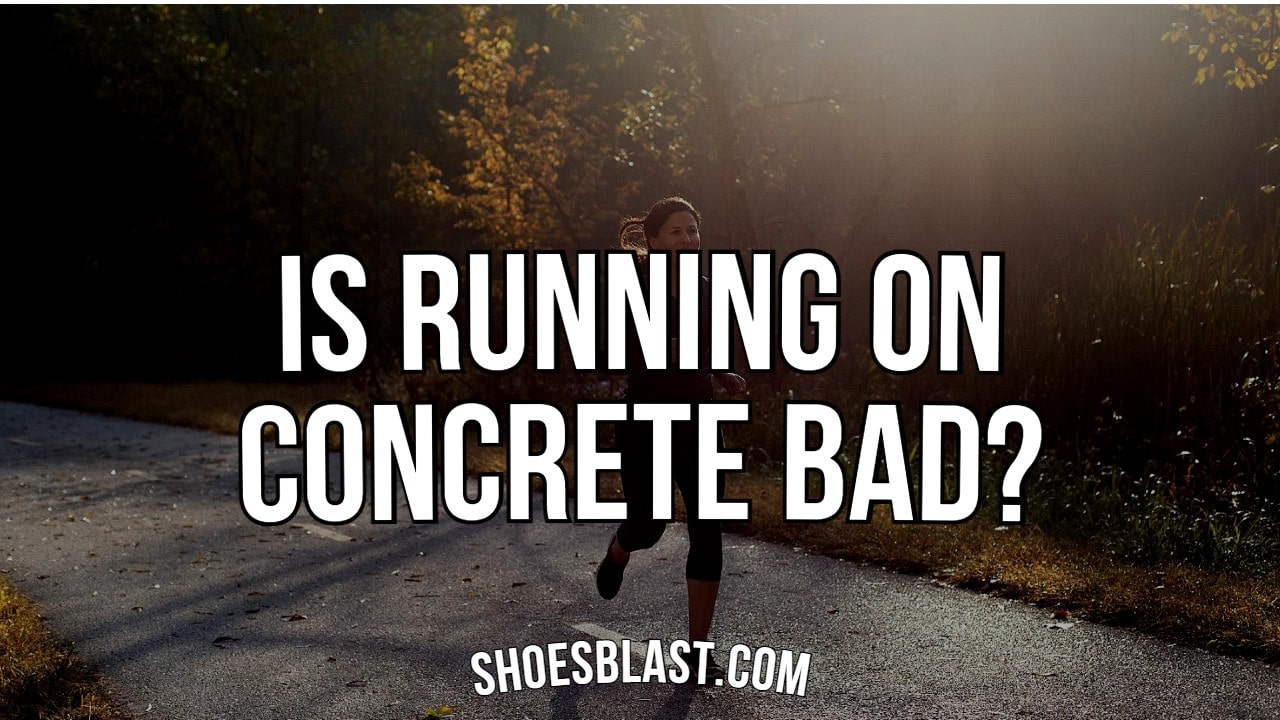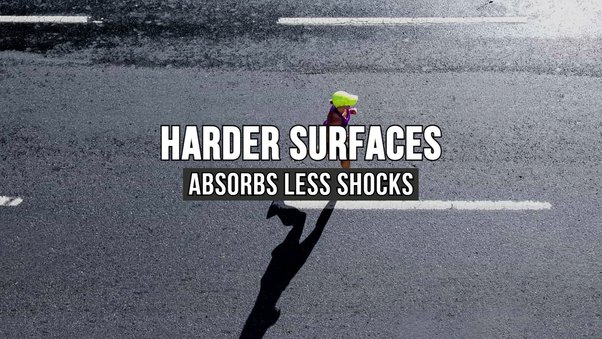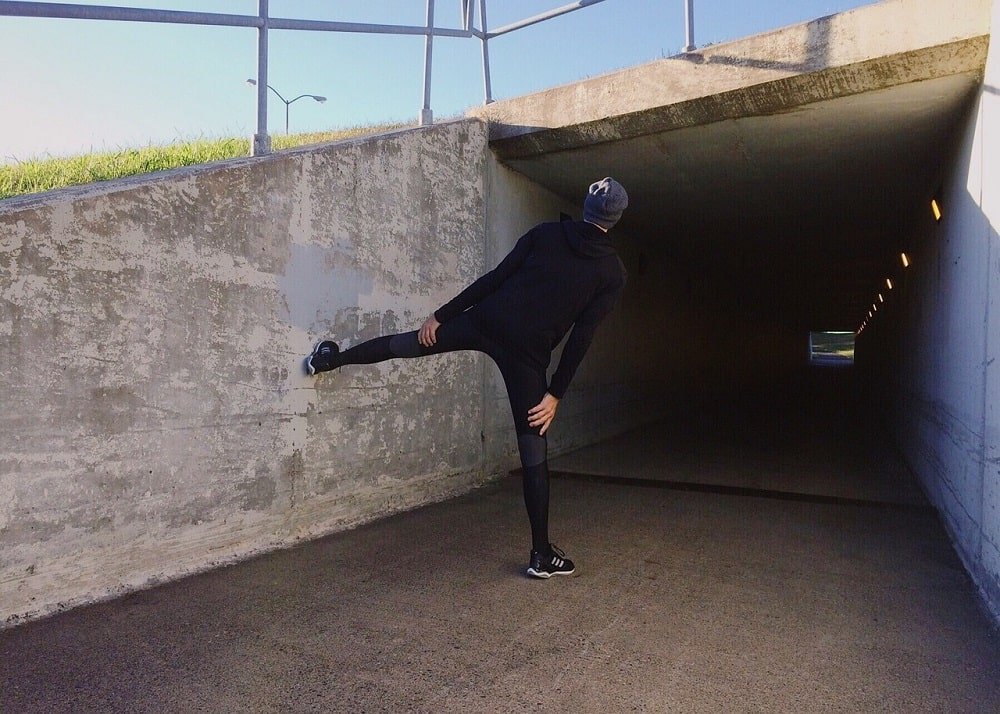If you are a runner living in an urban setting then most of your runs are bound to be on asphalt and concrete. The question that keeps haunting beginners is whether running on concrete is bad? There is no straight answer to this question but studies have determined that running on harder surfaces like concrete can cause joint pains.
Benefits Of Running On Concrete Floor.
Running on concrete has its advantages as well. Concrete is probably the smoothest surface to run and because of that, you’ll probably have a better rhythm running on concrete than on surfaces like grass or a trail.
Also, you won’t be finding any traffic to interfere with your runs. You might find more pedestrians during rush hours, so plan your runs accordingly.
Running on tough surfaces is also good for strengthening your legs, but make sure to give your legs and joints a good amount of rest in between your runs. It’s an excellent surface for resistance training.
Disadvantages
We have discussed some advantages but now time to discuss some cons and potential injury risks.
As we run we put downward pressure on our ankles and knees. This pressure is then distributed to the surface we are running on.
Harder surfaces don’t absorb that pressure compared to sand or grass, it reflects that pressure back to your body. Every step that you are taking during your run will have an impact on the body and mostly the joints in your leg.
Surfaces like mud or grass absorb and distribute that downward pressure, therefore they are more friendly to the joints.
Running on concrete has a direct impact on your IT band, ankles, and cough muscles. Before a run, if you are feeling any sort of ankle sprains or knee pain, then it’s better to avoid it until you recover.
How to minimize injuries from running on concrete.
Investing in a pair of shoes designed for urban settings is one way of reducing injuries. A shoe with cushioning designed to absorb that downward pressure will work wonders for you.
Look at our guide for the best shoes for concrete surfaces.
Make sure to have intervals between your runs. Hitting the concrete every day can escalate joint pains.
At the end of each run give your body proper recovery time.
Distribute your runs 3 days per week, or shorten your runs if you want to run more than 3 days per week. While running try to switch surfaces if you can, for e.g a pathway inside a local park, or a grassy surface next to concrete pathways.
Wearing a knee brace can be helpful during a run. It stabilizes your knee and helps prevent the knee cap from being twisted, tearing ligaments, and damage to the patella.
Running on concrete is not inherently bad, but prolonged exposure can be bad for the joints in your body. Make sure to run with proper gear and take all the precautions to minimize the damage.

I’m Shafey. An avid runner since 2012. I am one of few people who like doing cardio instead of muscle building. I love spending time on treadmills, tracks, pavements, or any surface rather than exercising with dumbles.
With all those years of experience and spending the whole night reading blogs and researching different concepts of running. Learned a lot about new tips and tricks. In those years tried different running shoes (from $ to $$$). I got a great knowledge that can be shared with others. I may not be a professional running coach but YES an experienced runner who can guide right to beginners.✌️✌️



